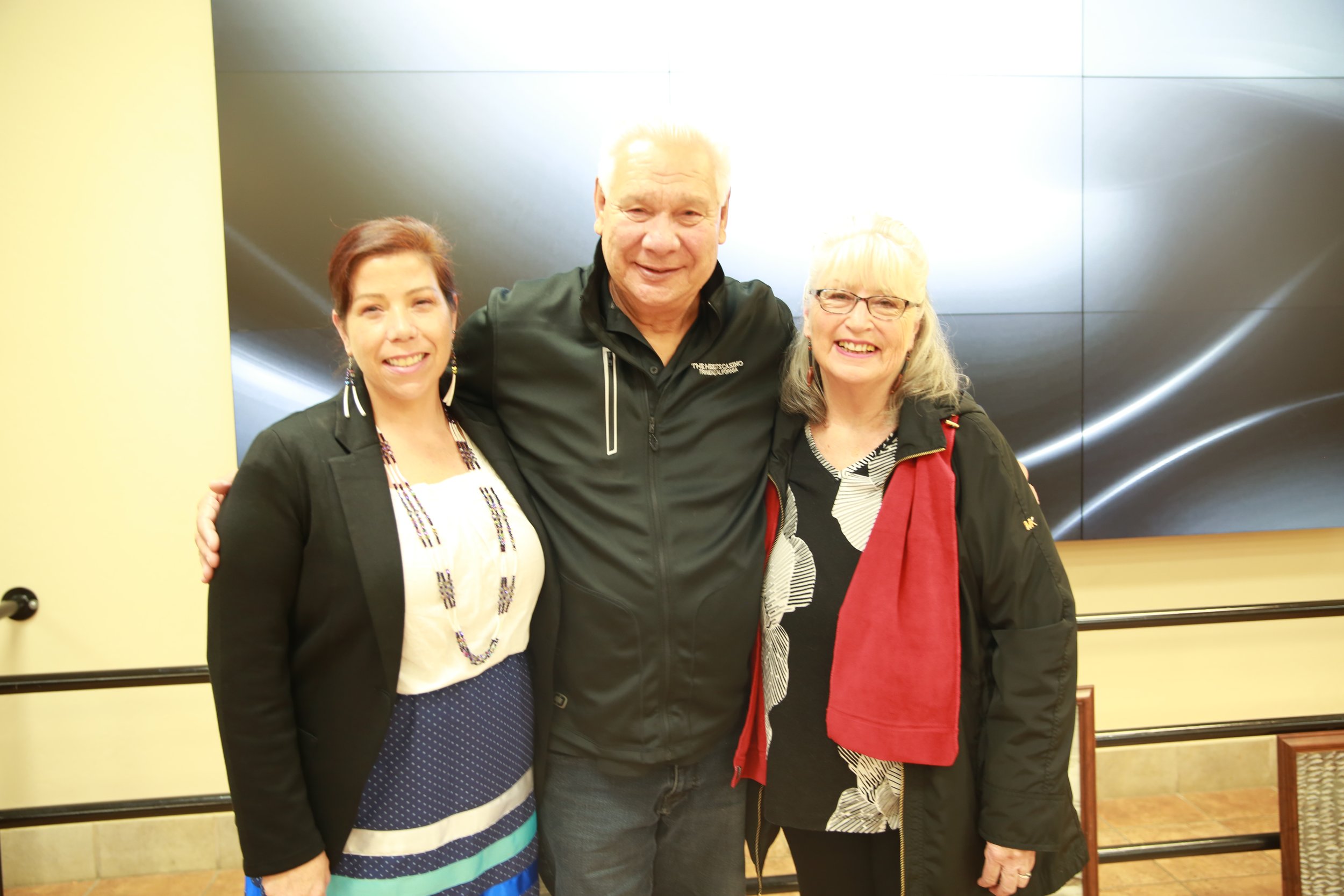A Gathering in Smith River: Three Federally Recognized California Tribal Nations Celebrate the Designation of the First U.S. Indigenous Marine Stewardship Area
For Immediate Release
Monday, December 11, 2023
Media Contacts:
Maeve Stewart, López-Wagner Strategies, maeve@equitablecomms.com
Betsy López-Wagner, López-Wagner Strategies, betsy@equitablecomms.com
Shaunna McCovey, Resighini Tribe of Yurok People, shaunna.mccovey@resighinirancheria.com
Emily Reed, Tolowa Dee-ni’ Nation, emily.reed@tolowa.com
Amy Atkins-Kelley, Trinidad Rancheria, aatkins@trinidadrancheria.com
A Gathering in Smith River: Three Federally Recognized California Tribal Nations Celebrate the Designation of the First U.S. Indigenous Marine Stewardship Area
View from The Yurok-Tolowa-Dee-ni’ Indigenous Marine Stewardship Area (IMSA). Photo credit: Amy Atkins-Kelley
Smith River, CA (December 7, 2023) – The Resighini Tribe of the Yurok People, Tolowa Dee-ni’ Nation and Cher-Ae Heights Indian Community of the Trinidad Rancheria joined together in California to celebrate the designation of the first U.S. Indigenous Marine Stewardship Area – the first ever ocean protection area designated by Tribal governments in the United States.
The three-hour celebration, held at the Howonquet Hall Community Center in Smith River on Wednesday afternoon, marked two months since the historic designation was made in Sacramento on Indigenous Peoples Day. The Yurok-Tolowa-Dee-ni’ Indigenous Marine Stewardship Area (IMSA) was designated on September 22, 2023.
The invite-only event was held in the early afternoon, featuring remarks from each of the respective tribal leaders, Jeri Lynn Thompson, Chairperson of the Tolowa Dee-ni’ Nation, Fawn C. Murphy, Chairperson of the Resighini Tribe of Yurok People, Garth Sundberg, Chairman and Robert Hemsted, Vice Chair of the Cher-Ae Heights Indian Community of the Trinidad Rancheria. The event is the culmination of years of hard work by the Tribes to build marine programs within their Tribal Governments, and to forge stronger relationships with the State. The IMSA protects nearly 700 square miles of culturally significant ocean and coastal territories for the neighboring Tribal Nations.
Tribal Chairs from left to right, Chairperson Fawn C. Murphy of the Resighini Tribe of Yurok People, Chairman Garth Sundberg of the Cher-Ae Heights Indian Community of the Trinidad Rancheria, and Chairperson Jeri Lynn Thompson Chairperson of the Tolowa Dee-ni’ Nation.
In total, more than 60 people, including Tribal and state representatives, and many community supporters were in attendance to joyfully honor the long-term Tribal stewardship and governance, which will apply Traditional Ecological Knowledge (TEK) within an important ancestral territory, as well as potential Tribal and State co-management of critical ecosystems.
Fish dry: drying of surf smelt, courtesy of the Tolowa Dee-ni’ Nation.
“We are here today to celebrate the designation of the IMSA but it’s equally important to acknowledge, and to celebrate, the inter-Tribal collaboration and partnership that has made this designation happen. We all share a common culture and way of life that needs protecting and we share the same desire to leave something for future generations to be proud of,” said Fawn C. Murphy, Chairperson of the Resighini Tribe of Yurok People.
“Our Tribes have a responsibility to steward, protect, and restore the ocean and coastal resources within our ancestral territories. We seek to establish long-term, consistent engagement with state and federal agencies, while implementing Indigenous Traditional Knowledge and Tribal science into management practices within the IMSA,” said Jeri Lynn Thompson, Chairperson of the Tolowa Dee-ni’ Nation.
“We are here today to celebrate a historic action which brings three Tribes together in the designation of the first U.S. Indigenous Marine Stewardship Area. The Trinidad Rancheria is honored to be a part of this collaborative effort in the stewardship and management of our ocean and coastal territory,” said Garth Sundberg, Chairman of the Cher-Ae Heights Indian Community of the Trinidad Rancheria.
Stretching from just south of Trinidad in Humboldt County up to the California and Oregon border – the Yurok-Tolowa-Dee-ni’ IMSA is home to species of high cultural value to the Resighini Tribe of the Yurok People, Tolowa Dee-ni’ Nation and Cher-Ae Heights Indian Community of the Trinidad Rancheria. The designation of the IMSA will help the Tribes protect cultural lifeways and economies while directly addressing climate impacts, and support the state of California as it works toward conservation goals by 2030.
Next steps for the Tribes include entering into an MOU that encompasses a statement of shared values and commitment to continue to work together and the development of Tribal Stewardship Plans.
In recent news: Representatives from the three Federally recognized Tribal nations joined the Institute for Journalism and Natural Resources as guest speakers, supporting a training of journalists from across the nation who are working to advance Indigenous new coverage.
###
The mission of the Cher-Ae Heights Indian Community of the Trinidad Rancheria is to preserve and promote our cultural and traditional beliefs; improve quality of life and self-sufficiency; uphold tribal sovereignty; create positive partnerships; and protect the environment in order to provide a healthy community, honor our elders, and guide our youth. Learn more at www.trinidad-rancheria.org.
The Resighini Rancheria Tribe of Yurok People exercises sovereignty and self-determination through stewarding our ancestral lands and waters and maintaining our Yurok traditions. We work to preserve our natural resources and promote the social, cultural, political and economic survival of our Tribe for future generations. Learn more at www.resighinirancheria.com.
The mission of the Tolowa Dee-ni' Nation is to exert and protect the inherent sovereignty endowed upon the Tolowa Dee-ni' Nation to promote our tribal identity, and the wellbeing of our people, community, and environment by building a strong foundation, managing resources, and perpetuating our cultural lifeways and legacy. Learn more at www.tolowa-nsn.gov.



